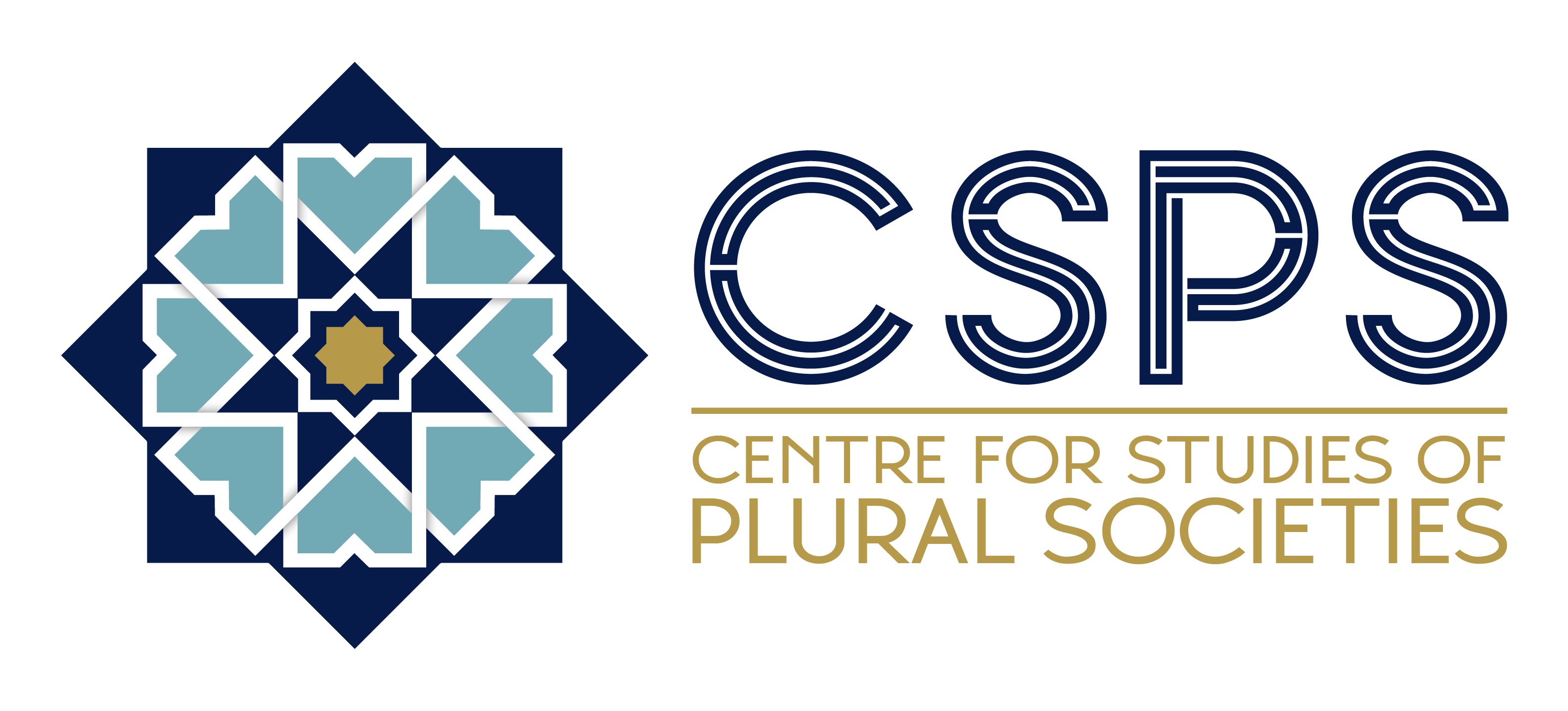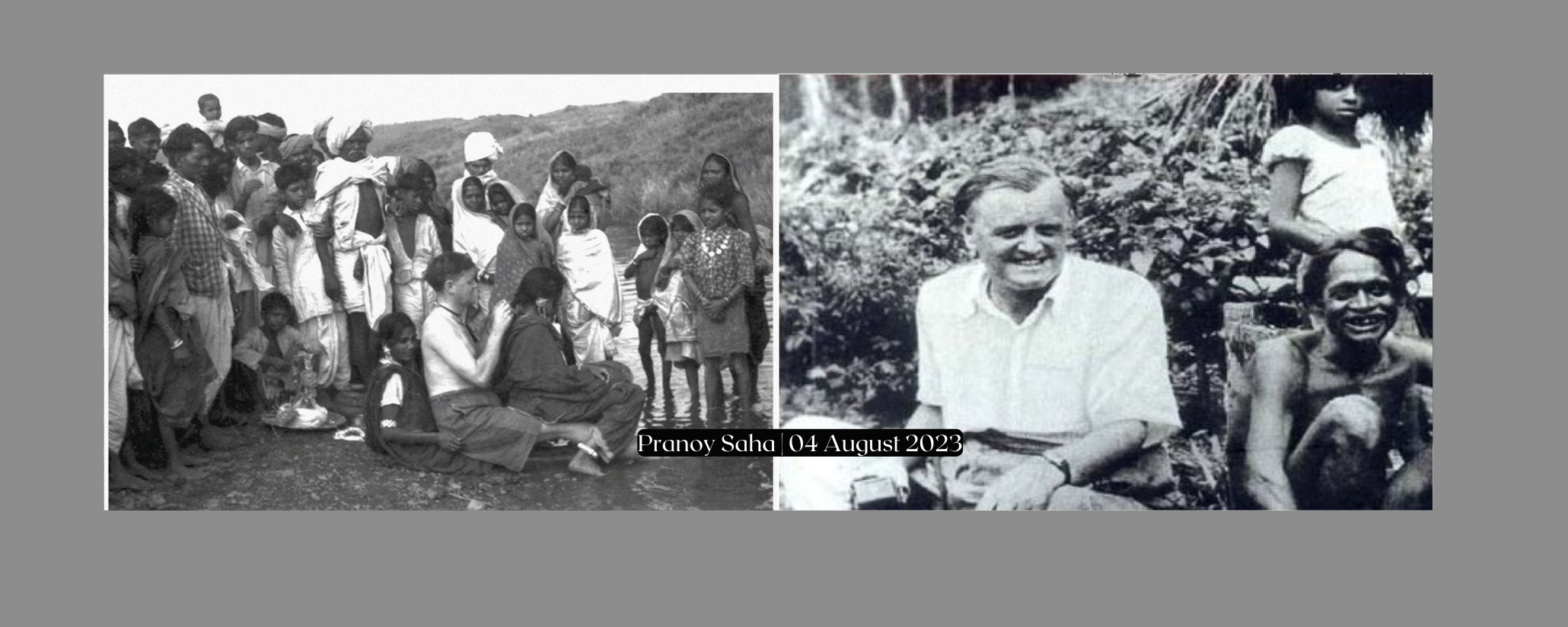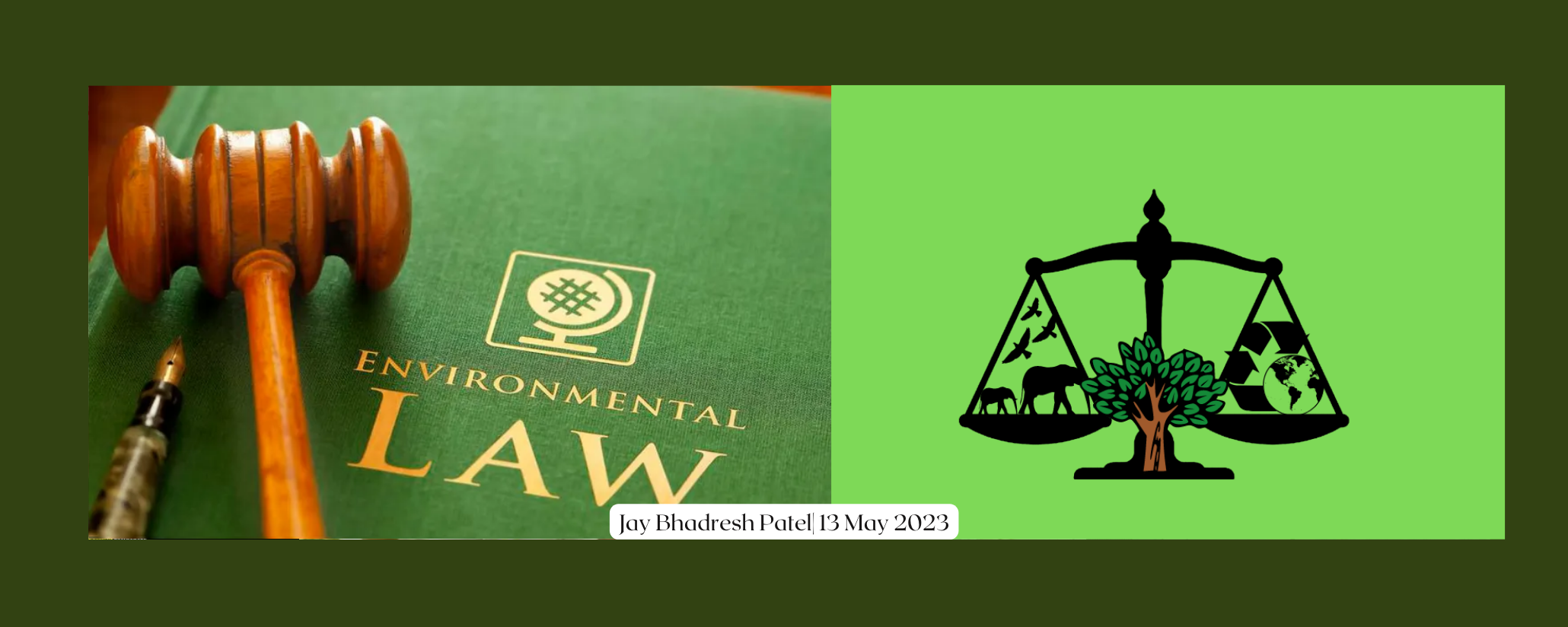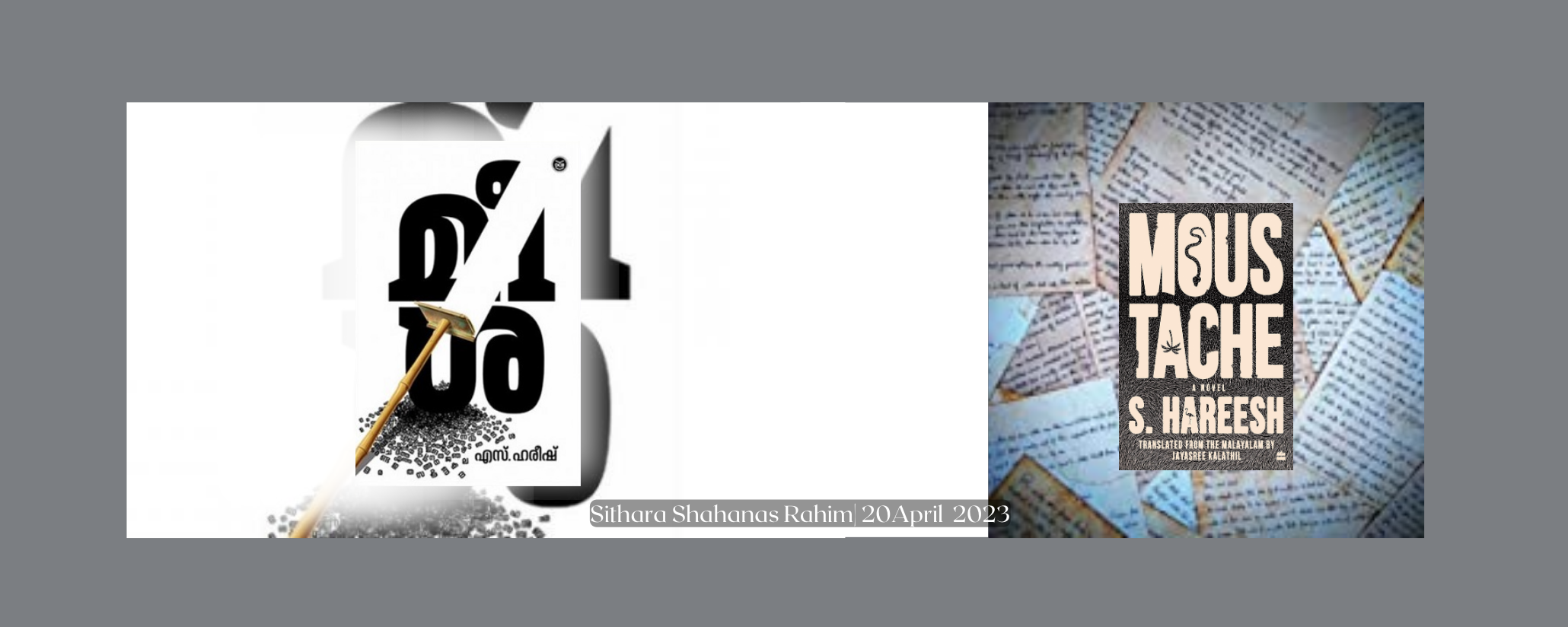Asian Americans have historically faced prejudice and racial hatred, from the “yellow peril” to the “model minority.” The economic success of Asian Americans reignited the racial violence that predominated during the Exclusion era. The stereotypical representation of minorities as economically successful and job stealers breeds animosity towards them. Asian Americans are positioned above African Americans in the racial hierarchy, which supports the notion that they do not experience racial discrimination. The instruments necessary to gather data and information about such crimes are insufficient, despite the high frequency of such racial hate crimes. This makes it difficult to register such crimes and encourages underreporting of such crimes. Despite the high prevalence of anti-Asian prejudice and the rise in acts of xenophobia against the community, the criminal justice system has mostly failed to offer victims of hate crimes adequate protection, legal options, and justice. This essay investigates the root issues that led to this failure, such as institutionalised racism, prejudice in the legal system, and a lack of victim support services and infrastructure.
Introduction
The escalation of hate incidents against Asian Americans persists four decades after the tragic death of Vincent Chin, a Chinese American man who was targeted and fatally assaulted by two white men in Detroit. The assailants were said to be frustrated by the recession and the perceived loss of American employment opportunities to Japanese corporations. A series of shootings occurred on March 16, 2021, at three establishments in metropolitan Atlanta, Georgia, in the United States. Eight individuals were reported to have lost their lives, while another sustained injury. Out of the eight individuals who were victimised, six were identified as women belonging to the Asian ethnic group (Fausset et al., 2021). According to a research report published by the California Department of Justice, the number of reported anti-Asian hate crime events increased by 107% in 2020, from 43 in 2019 to 89 in 2020. The compilation of hate crime data by the Centre for the Study of Hate and Extremism revealed a 149 percent increase in anti-Asian hate crimes in 16 of America’s largest cities in 2020 (Anti-Asian Prejudice, 2021). According to a report published by Stop AAPI Hate, over 11,400 hate incidents targeting Asian Americans were reported in the United States between March 2020 and March 2022 (Stop AAPI Hate, 2022).
What is Hate Crime?
The term “hate crime” was first introduced in the 1980s in the United States to refer to acts of violence specifically targeted towards individuals or communities of Jewish, Black, and Asian descent (Green, McFalls and Smith, 2001). What classifies hate crime from other crimes is the perpetrator’s prejudice, bias and stereotypes against a particular individual or community, which can be ethnic, racial, sexual, religious etc. Hate crimes possess distinctive features that necessitate the comprehension of both majority and minority perpetrators. A hate crime involving a person of white ethnicity targeting a person of Black or Asian ethnicity carries distinct implications compared to a hate crime involving a person of Black or Asian ethnicity targeting a person of white ethnicity. During the 1960s and 1970s, civil rights organisations collected data on hate crimes to lessen violence. The victim rights movement, which began around this time, also raised awareness of the trauma incurred at the hands of social service providers such as the police and judges (Mulholland, 2013). Nevertheless, even with the rise of hate crimes, there is a lack of institutionalised measures aimed at preventing hate crimes.
Hate crimes possess distinctive features that necessitate the comprehension of both majority and minority perpetrators. A hate crime involving a person of white ethnicity targeting a person of Black or Asian ethnicity carries distinct implications compared to a hate crime involving a person of Black or Asian ethnicity targeting a person of white ethnicity.
Structural Racism and Judicial Biases in the Criminal Justice System
Traditional studies of racism, such as those found in Marxist theory and psychology, tend to focus on class structure and irrational ideology as the primary drivers of biased attitudes while ignoring to consider the structural racialisation that perpetuates systemic injustices. The Criminal justice system has failed due to the institutionalised racism that can be both normative and legalised and is persistent since historical injustices and contemporary structural factors. Analysing the judicial decision-making process and laws are crucial in understanding the production of hegemony by the dominant classes and the regulation of public decision-making. Judges are tasked with functioning as a bureaucratic apparatus of the state, generating legitimacy and values that uphold the prevailing social structure. The process of decision-making gives rise to legal and political considerations. A study by Khoury aimed to provide an understanding of the judicial viewpoints regarding the inadequacy of human rights in addressing corporate human rights transgressions while also situating them within the framework of the global political economy indicated that judicial proceedings lack neutrality and that comprehending the law requires understanding its social, political, and economic context (Khoury, 2014). The judge’s ideological leanings, whether liberal or conservative, appear to influence their perspectives on the fairness of the justice system in relation to marginalised groups within society. When considering the historical context of the United States, including its past reliance on slavery and the exclusion of Asian populations, it is evident that the criminal justice system has not undergone significant transformation to ensure equitable treatment for socioeconomically disadvantaged people. The concept of popular punitive has been a prominent feature of American society, whereby individuals from certain demographic groups, such as African Americans, have been unfairly stigmatised as criminals. In contrast, those of Asian descent have been unjustly accused of taking away job opportunities from others (Ciocchini and Khoury, 2018). Popular Punitive can also target minority groups compared to their white counterparts leading to higher arrest rates, convictions and harsher punishments. However, prior research on how ethnicity and race affect arrest, convictions and incarnation is less studied in the context of Asian Americans. The racialisation of perception beyond the black-white divide has not been seen through the lens of Asian Americans.
The judge’s ideological leanings, whether liberal or conservative, appear to influence their perspectives on the fairness of the justice system in relation to marginalised groups within society. When considering the historical context of the United States, including its past reliance on slavery and the exclusion of Asian populations, it is evident that the criminal justice system has not undergone significant transformation to ensure equitable treatment for socioeconomically disadvantaged people.
Historical Narratives and Contemporary Injustices Towards Asian Americans and the Criminal Justice System
For a long time, Asian Americans were seen as sojourners, which means they do not assimilate into the host society and were seen as those who brought disease and competition to the country. The Chinese labourers and coolies who went to the US were seen as inferior and subjected to exploitation and cruelty. Laws restricting the arrival of Asian migrants first came to the US with the Chinese Exclusion Act of 1882. The Pacific Coast riot of 1907 targeted Japanese restaurants and bathhouses in San Franciso. The intricacies of the relationship between the United States and Vietnam affected not only how Americans saw Vietnamese people but also how Vietnamese Americans were seen. Despite encountering racial prejudice in their quest for a positive identity, Filipino Americans have shown a remarkable capacity for resilience (Tittmann, 2022). However, Asian Americans are not a homogenous population, and according to the US census bureau, they may be classified into three distinct groups South-East Asians, East Asians, and South Asians. Erika Lee mentions that the historical account of the exclusion of Asians in the Americas significantly contributes to the broader global narrative of race and highlights the interplay between race, migration, and international relations. The writings of Rene Girard on violence shed important light on how particular groups come to be used as scapegoats in societies. The term “scapegoating,” used by Girard to describe this activity, alludes to an ancient religious ceremony in which a he-goat was metaphorically burdened with the sins of the community and either abandoned in the desert or sacrificed to the gods”. He contends that there is a great deal of violence in human society that the death of “victims outside itself” can help the community achieve peace. He goes on to say that choosing a sacrifice victim usually results from “some degree of misunderstanding” (Jackson, 2013). It is true that Asian Americans have experienced historical prejudice, marginalisation, and instances of being used as scapegoats. The case of America goes beyond the black-white dichotomy and establishes white supremacy globally (Lee, 2007). The murder of John Nguyen, a Vietnamese immigrant, by his roommate, a white man, suggested the biased attitude during the case’s prosecution when the prosecutor asked if the murderer could bring someone who could testify about his good reputation (Bedi, 2003). Another case was of Vincent Cent, who was murdered in 1982, in which the Judge was defending the murderers and later was acquitted of murdering Vincent Chan and was never put behind bars. These landmark cases highlight the conceptualisation of Asian Americans as dehumanised bodies in which physical violence and judicial injustices are easier to perform. While discussing a system of racial and social control, Michelle Alexander discusses the inherited racial policies that evolved into the modern-day criminal justice system. Consequently, they resorted to denouncing individuals who participated in nonviolent civil disobedience and protests as criminals and violators of the law (Alexander, 2010). The myth of the model minority has aggravated racism and restricted Asian from political and institutional power.
Underrepresented and Overlooked bias towards Asian Americans
The phenomenon of aversive racism, which is a discreet manifestation of modern-day racism among individuals who may espouse egalitarian beliefs, has been posited as an explanatory framework for the prejudicial attitudes of jurors towards defendants who are Black American or Latin American. However, there is a dearth of research on the extent to which East Asian American defendants are also subjected to prejudicial treatment. A pilot survey examined the mock judge’s racial stereotypes against Asian Americans. Following the completion of a preliminary investigation aimed at identifying race-stereotypical offences committed by Asian Americans and White Americans, the primary objective of the subsequent study was to evaluate the prejudicial attitudes of mock jurors towards East Asian American defendants, utilising an aversive racism framework. The study involved randomly allocating participants to read one of eight trial vignettes that depicted the crime the defendant was purported to have committed. Subsequently, the participants were requested to deliver a verdict, propose a sentence, and evaluate the defendant based on diverse culpability and trait metrics. The findings indicated that the simulated jurors administered a more severe sentence to the East Asian American defendant of low socioeconomic status who had committed a crime stereotypically associated with their race compared to all other scenarios. The mock jurors perceived the defendant as more culpable and gave lower ratings on various trait ascriptions (Phan, Espionage and Susan. Sy, 2021).
The phenomenon of aversive racism, which is a discreet manifestation of modern-day racism among individuals who may espouse egalitarian beliefs, has been posited as an explanatory framework for the prejudicial attitudes of jurors towards defendants who are Black American or Latin American.
During the period spanning from 2002 to 2006, although Asians, Native Hawaiians, and other Pacific Islanders constituted only 4% of the total population in the United States, they were subjected to nonfatal violent crimes and property crimes at a rate of 2% and 3%, respectively. The results are derived from the National Crime Victimisation Survey (NCVS) conducted by the Bureau of Justice Statistics and the Supplementary Homicide Reports of the Uniform Crime Reporting Programme (UCR) of the Federal Bureau of Investigation (Harrell, 2009).
The Bureau of Justice Assistance (BJA), a division of the Office of Justice Programmes (OJP) within the US Department of Justice (DOJ), is soliciting proposals to address hate crimes and giving financial support. The funding is intended to facilitate the implementation of all-encompassing community-based strategies to tackle hate crimes. The strategies should foster community awareness and preparedness, enhance the reporting of hate crime incidents by victims, and improve response to such incidents (US Department of Justice, 2023). Nonetheless, these efforts to advance equitable justice and preserve civil liberties are solely relevant to Native American tribal organisations, federally recognised tribal governments, academic institutions, and non-profit organisations. This makes individual reporting and getting support from the government difficult for Asian Americans. Studies are limited to stereotypes and implicit biased towards mostly Blacks and Latinos, and very few reports beyond the black-and-white focus on Asian Americans. A survey aimed at examining race and racial stereotyping in a jury’s decision-making found that federal and state judges harbour implicit negative traits and biases towards Asian Americans and are more likely to receive punitive punishments harshly than whites. Asians were associated with stereotypes such as greedy, dishonest etc. Studies also revealed the lack of diversity poll in America’s judge selection as out of 100 district court judges who were the participants; sixty-eight were male and the rest female, and out of which eighty-seven were reported as White, six were reported as African American and as low as three as Asian American. Even efforts to reform the Criminal Justice system by appointing racially diverse people to juries have not been successful due to the overwhelming presence of white juries (Levison, Bennet and Hioki, 2017). This also shows the lack of work to examine such cases in the context of Asian Americans.
A survey aimed at examining race and racial stereotyping in a jury’s decision-making found that federal and state judges harbour implicit negative traits and biases towards Asian Americans and are more likely to receive punitive punishments harshly than whites. Asians were associated with stereotypes such as greedy, dishonest etc.
Conclusion
Asian Americans are conceptualised in the United States as “interlopers” who are always foreign. A person is assumed to be a legal US citizen if they identify as African American or white within the US. Asian Americans are not subject to these assumptions and are viewed as foreigners. Asian Americans have unfairly been singled out and blamed for problems during periods of economic instability or public health crises, as seen in the past with incidents like the Chinese Exclusion Act or the internment of Japanese Americans during World War II, and especially during the outburst of the covid virus. The increase in hate crimes is a glaring example of this, as is the faulty functioning of the criminal justice system. The criminal justice system has mostly failed to provide victims of hate crimes with enough protection, legal choices, and justice, despite the high prevalence of anti-Asian prejudice and the rise in acts of xenophobia against the group.
References
“Anti-Asian Prejudice March 2021.” Centre for Study of Hate and Extremism. 5500 University Parkway San Bernardino, United States: California State University, San Bernardino, March 2021. https://www.csusb.edu/sites/default/files/FACT%20SHEET-%20Anti-Asian%20Hate%202020%20rev%203.21.21.pdf.
Alexander, Michelle. The New Jim Crow: Mass Incarceration in the Age of Colourblindness,. 1st ed. New York, New York, United States: The New Press, 2010.
Bedi, Sheila A. “The Constructed Identities of Asian and African Americans: A Story of Two Races and the Criminal Justice System.” Harvard BlackLetter Law Journal 19 (2003). https://harvardblackletter.org/volume-37/.
Ciocchini, Pablo, and Stefanie Khoury. “A Gramscian Approach to Studying the Judicial Decision-Making Process.” Critical Criminology,26 (October 24, 2017): 75–90.
“Community-Based Approaches to Prevent and Address Hate Crimes.” Department of Justice. United States: Office of Justice Program Bureau of Justice. Accessed July 11, 2023. https://www.justice.gov/grants.
Harrell, Erika. “Asian, Native Hawaiian and Pacific Islander Victims of Crime.” US Department of Justice. United States: Bureau of Justice Statistics Special Report, March 2009. https://bjs.ojp.gov/content/pub/pdf/anhpivc.pdf.
Fausset, Richard, Nicholas Burroughs, and Marie Fazio. “8 Dead in Atlanta Spa Shootings, With Fears of Anti-Asian Bias.” The New York Times. March 17, 2021. https://www.nytimes.com/live/2021/03/17/us/shooting-atlanta-acworth.
“Filipino Americans and the Rise of Anti-Asian Hate.” Boston College, 2022. https://dlib.bc.edu/islandora/object/bc-ir:109432.
Green, Donald P, Laurence H Macfalls, and Jeniffer K Smith. “Hate Crime: An Emergent Research Agenda.” Annual Review of Sociology 27 (2001): 479–504. https://www.jstor.org/stable/2678630?seq=2.
Jackson, Michael. The Wherewithal of Life: Ethics Migration and the Question of Well Being. First. Berkeley and Los Angeles, United States: University of California Press, 2013.
Lee, Erika. “The ‘Yellow Peril’ and the Asian Exclusion in Americas.” Pacific Historical Review 76, no. 4 (2007): 537–62.
Levinson, Bennet, Mark W Bennet, and Koichi Hioki. “Judging Implicit Bias: A National Empirical Study of Judicial Stereotypes.” Florida Law Review 69, no. 1 (2017): 56–113.
Mulholland, Sean E. “White Supremacist Groups and Hate Crimes.” Public Choice 157, no. 1/2 (2013). https://www.jstor.org/stable/42003194?searchText=&searchUri=&ab_segments=&searchKey=&refreqid=fastly-default%3Ad740bc8.
Phan, Diana K., Russ K Espinoza, and Susan R Sy. “An Aversive Racism Explanation for the Influence of Race, SES and Race Stereotypical Crimes on Jury Decision Biases against East Asian American Defendants.” Journal of Ethnicity in Criminal Justice 20, no. 1 (October 18, 2022): 73–95.
“(Transnational) Corporations and Human Rights: An Exploration into the Accommodation of Capital in International Human Rights Law.” Academia, 2014. https://www.academia.edu/78434395/_Transnational_Corporations_and_Human_Rights_an_exploration_into_the_accomodation_of_capital_in_international_human_rights_law.
“Two Years and Thousands of Voices.” Stop AAPI Hate. California, United States: National Report California, July 2022. https://stopaapihate.org/wp-content/uploads/2023/06/22-SAH-NationalReport-July-F.pdf.



